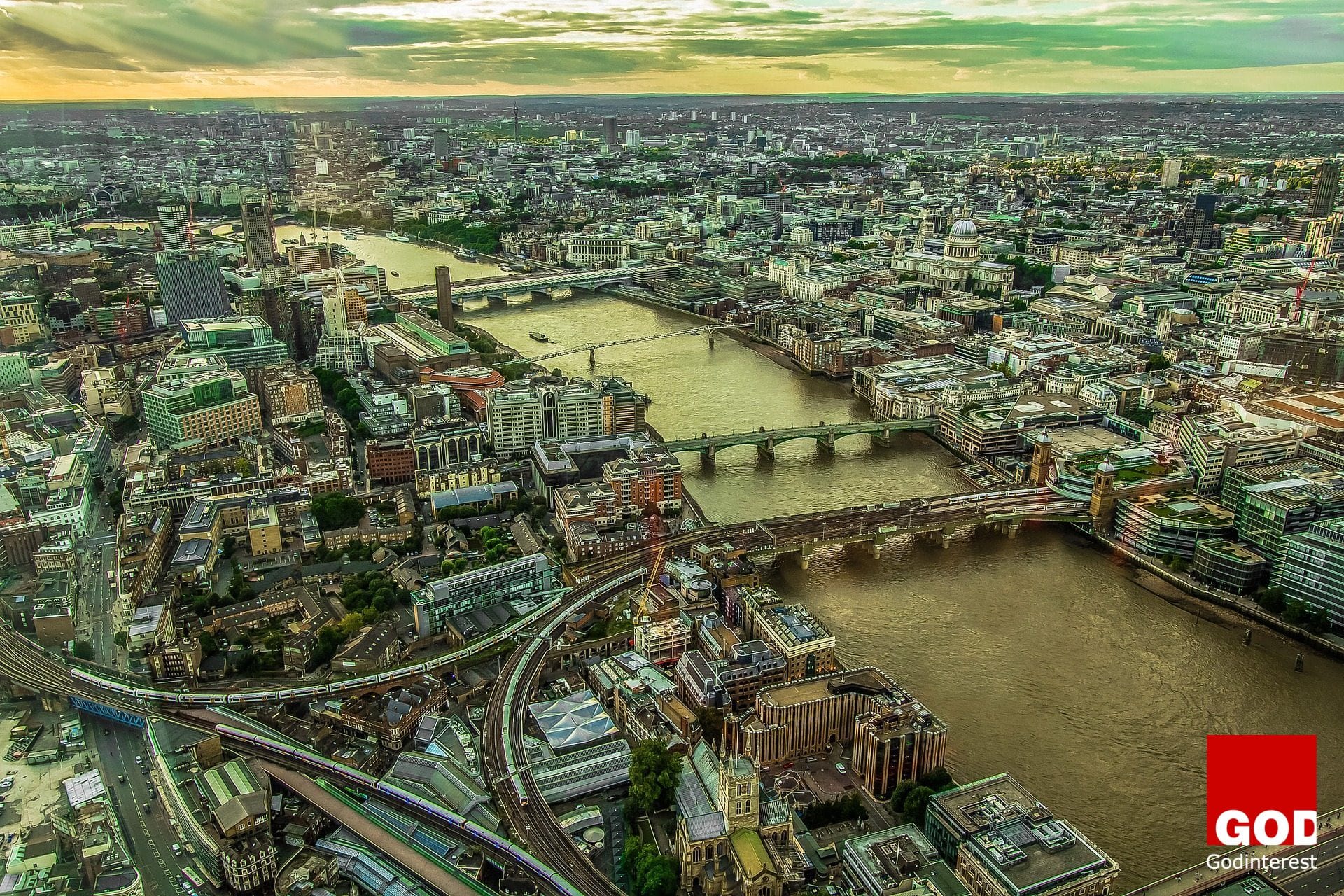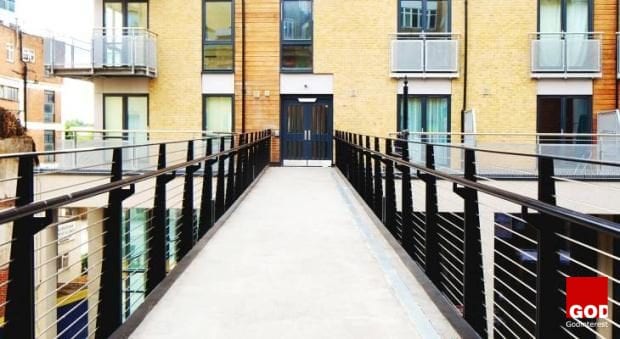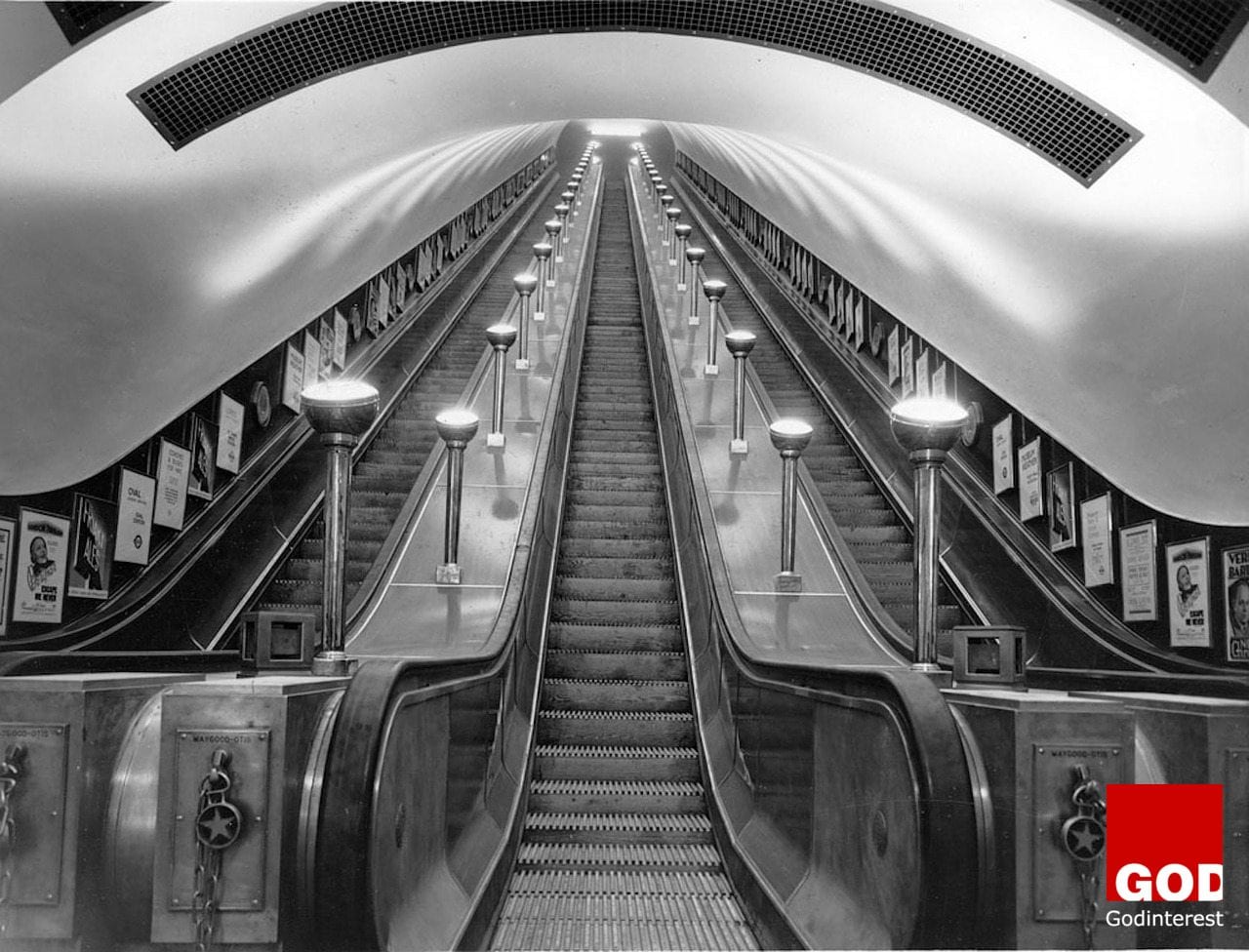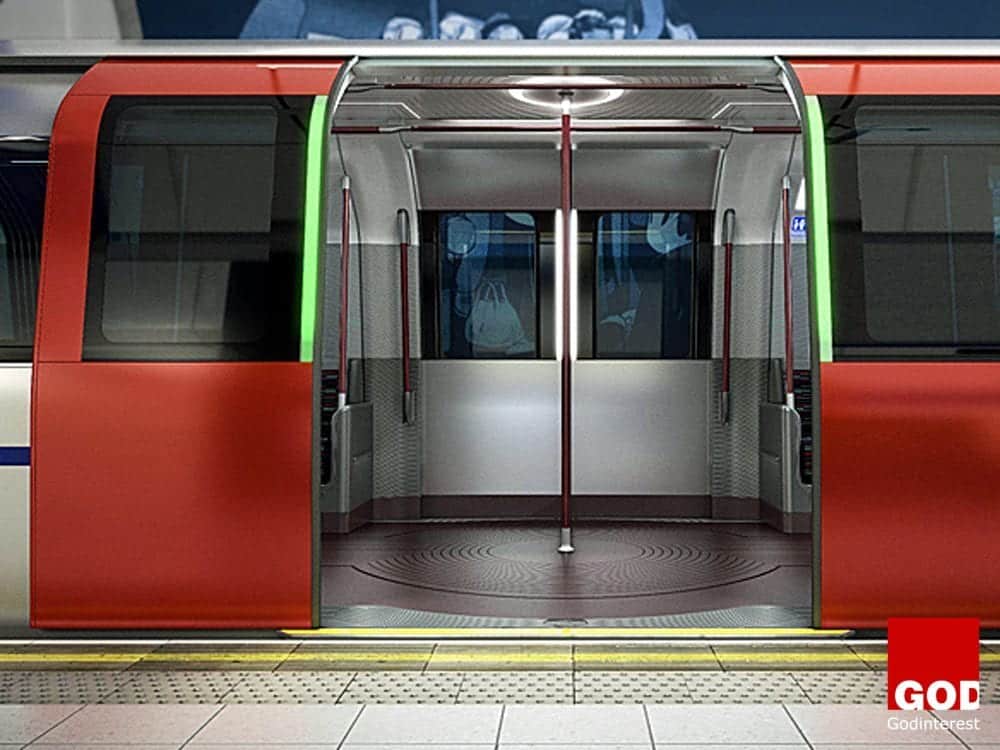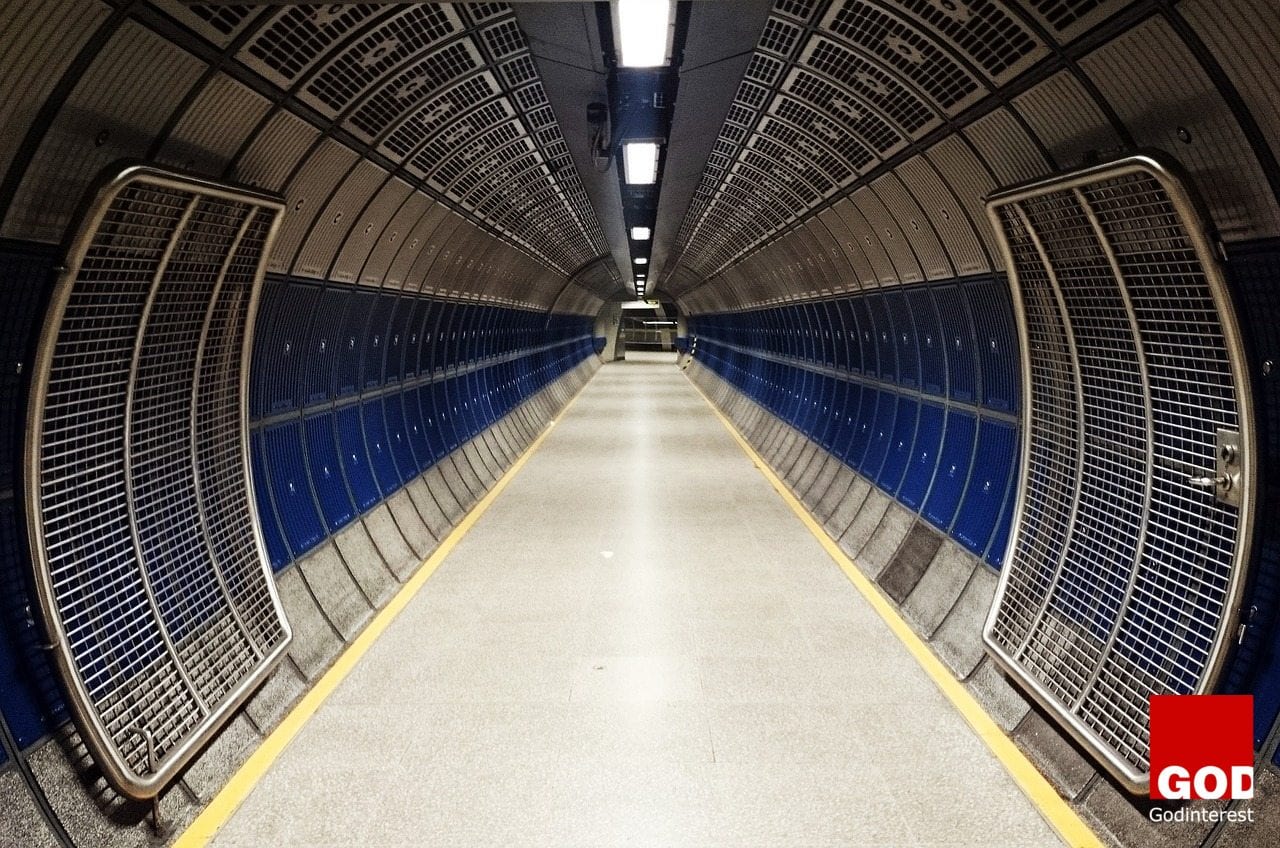London hasen’t reached the density of Hong Kong, but it’s certainly heading that way as the cities population continues to expand. The “London Infrastructure Plan 2050″ aims to tackle the problem and outlines the spending needed for the capital to remain one of the world’s leading cities.
London Mayor Boris Johnson Has Said £1.3tn of Investment Is Needed over the next 35 Years in Order for London to Retain Its World Class Status
“This plan is a real wake up call to the stark needs that face London over the next half century. Infrastructure underpins everything we do and we all use it every day. Without a long-term plan for investment and the political will to implement it this city will falter.”
London School of Economics Professor Tony Travers Said: “the London Infrastructure Plan Is a Necessary Step Towards Understanding the Needs of the ‘10 Million City’ Which London Will Soon Become.
Transport is the biggest focus of the “London Infrastructure Plan 2050” as the population hit 8.5 million in 2014 the largest it has been since 1939. By 2050 it is predicted to exceed 11 million, growing at a rate of 41,000 a year.
Some infrastructure project proposals are already in development, others may not be approved at all, however, these are some transport developments suggested for London by 2050.
1. Air con on the Tube, £900m
It was find in the beginning, in fact, conditions were so pleasant in 1906 that the city proclaimed the underground ‘The coolest place in hot weather’. But that was before deep lines and millions of passengers.
Better Late than Never, London’s Tube Is Getting Air-con
In summer, temperatures on parts of the London Underground can become very uncomfortable due to its deep and poorly ventilated tube tunnels: temperatures as high as 116 °F were reported in the 2006 heat wave. New Tube trains, which allow better access for customers, are being rolled out on the Circle line as part of the introduction of 53 new trains on both the Hammersmith & City and Circle lines. By the end of 2016 there will be a total of 191 walk-through, air-conditioned trains covering 40% of the Tube network running on the District,Circle, Metropolitan and Hammersmith & City lines.
2. Inner orbital tolled tunnel, £15bn-25bn
Mayor sets out plan for 22-mile ring-road tunnel under London, which is considered by many to be one of the most ambitious infrastructure scheme ever proposed in the city.
The tunnel will cost an estimated £30 billion to construct and will remove tens of thousands of cars from the crowded streets of London and avert traffic gridlock. With subterranean dual carriageways linking key routes, from the A40 Westway to the A12 in the east, and the A1 route north to the A2 running south.
London Major Boris Johnson, who commissioned work to develop the idea, believes it could dramatically improve quality of life for residents. He said: “I would love the views of Evening Standard readers on this. There are big arguments in favour. There are obviously arguments against.”
Transport for London is working on the concept.
3. Northern Line extension, £1bn
Works commenced on London Underground’s £1bn Northern Line extensionfrom Kennington to Battersea via Nine Elms in the UK in 2015.
Tunnelling work is scheduled to start in early 2017 and will take six months to complete, while the project is expected to be completed in 2020.
The project will reduce journey times to the West End and the city to less than 15min.
4. Cycle Super Highways, £2bn- £4bn
London’s New Superhighway Linking East and West London Will Open on 30 April, Says the Capital’s Mayor Boris Johnson
The route, which links Barking, Canary Wharf and Tower Hill to Westminster, will open less than a week before his term is set to end.
Chris Boardman, the former Olympic champion and policy advisor to British Cycling, said: “This YouGov poll shows us, yet again, that the vast majority of the public want to see more cycle tracks on main roads.
“If this kind of evidence isn’t enough to give politicians and transport authorities the confidence to act, I don’t know what is.”
Last month, Boris Johnson pressed ahead with plans for three cycle superhighways.
5. Bakerloo and Overground extensions, £2.5bn-3.5bn
The extension of the Bakerloo line could help regenerate South East London from Old Kent Road to Catford, improve routes into London and relieve congestion on the main rail services into London Bridge.
6. Crossrail 2 and 3, £23bn- £30bn
TRANSPORT chiefs say it is “full steam ahead” for Crossrail 2 after the Government made an £80million pledge towards the project – but it will be months before passengers find out if a station will be built at Balham or Tooting.
Construction work is due to begin on the rail link in the early 2020s, which would enable the service to be operational by 2033.
7. New Stations, £500m and 24/7 Night Tube service
New stations at Cricklewood, Beam Park in Rainham and Thames Wharf could be built to support redevelopment in these areas. It has also been claimed that night services on the Piccadilly, Central, and Northern Lines are then due to start in September, with all major lines being served by the weekend night tube by September 23.
8. Another channel tunnel, £1bn
The “London Infrastructure Plan 2050″ suggests an additional cross-channel rail tunnel would provide high speed links from the UK to the rest of Europe for passengers and freight.
9. 13 new crossings in London, £1-2bn
The vision for east London includes 13 proposed new river crossings include Gallions-Thamesmead, Belvedere-Rainham, Woolwich- Royal Docks to replace the Woolwich Ferry, as well as the Silvertown tunnel.
Boris Johnson states “By creating more links between the north and south of the river, we won’t just improve day-to-day travelling across the capital, we’ll unlock areas for development and create thousands of jobs and homes.
- Rotherhithe to Canary Wharf: Pedestrian and cycle bridge (feasibility).
- North Greenwich to the Isle of Dogs: a passenger ferry linking North Greenwich and the Isle of Dogs (Blackwall) (conceptual).
- Silvertown tunnel: Twin bore tunnel connecting Silvertown on the north side to the Blackwall Tunnel Approach on the south side (preparation).
- Charlton: a passenger ferry crossing linking the Royal Docks and Charlton Riverside (conceptual).
- Crossrail: New rail line linking Woolwich with Custom House and onward to Canary Wharf, central London and Heathrow Airport (construction).
- Gallions Reach: Multi-modal crossing linking Thamesmead with Beckton along a safeguarded alignment (consultation).
- Belvedere: Multi-modal crossing connecting Belvedere with Rainham (consultation)
- Barking Riverside to Thamesmead: London Overground tunnel extension from Barking Riverside to Thamesmead (conceptual).
- Lower Thames Crossing: New road crossing linking Essex and Kent (progressing).
- Diamond Jubilee: Pedestrian and cycle bridge linking Fulham with Battersea (planning permission granted).
- Crossrail 2: New railway line connecting Hertfordshire and Surrey via central London and providing a new cross river link between Victoria and Clapham Junction (consultation).
- Vauxhall, Nine Elms and Battersea: Pedestrian and cycle bridge (feasibility).
- Garden Bridge: New pedestrian crossing linking the South Bank to Temple station (planning permission granted).
10. Thames Estuary airport, 18bn-25bn
A new Thames Estuary Airport has been proposed at various times since the 1940s. Economic considerations have ruled out a new coastal airport, while political considerations have ruled out a new inland airport, leaving planners with an as-yet-unresolved dilemma.
‘Bizarre proposal’ states Rehman Chisthti, MP for Gillingham and Rainham “The airport in the estuary was not the right thing do so we all worked together to oppose it. It’s really good news and we’re really pleased that common sense has prevailed.”
However,Boris Johnson refloats idea of Thames Estuary airport 18 months after it was rejected by Airports Commission. Mr Johnson believes a hub in the east of the capital would offer around double the number of long haul and domestic routes served by Heathrow while exposing 95 per cent fewer people to significant aircraft noise.
‘Grain isn’t the answer’ states Rodney Chamber, Leader of Medway Council “We have said all along that it should never have even been considered as it would have resulted in the mass destruction of habitat and wildlife that could never be replaced.”


